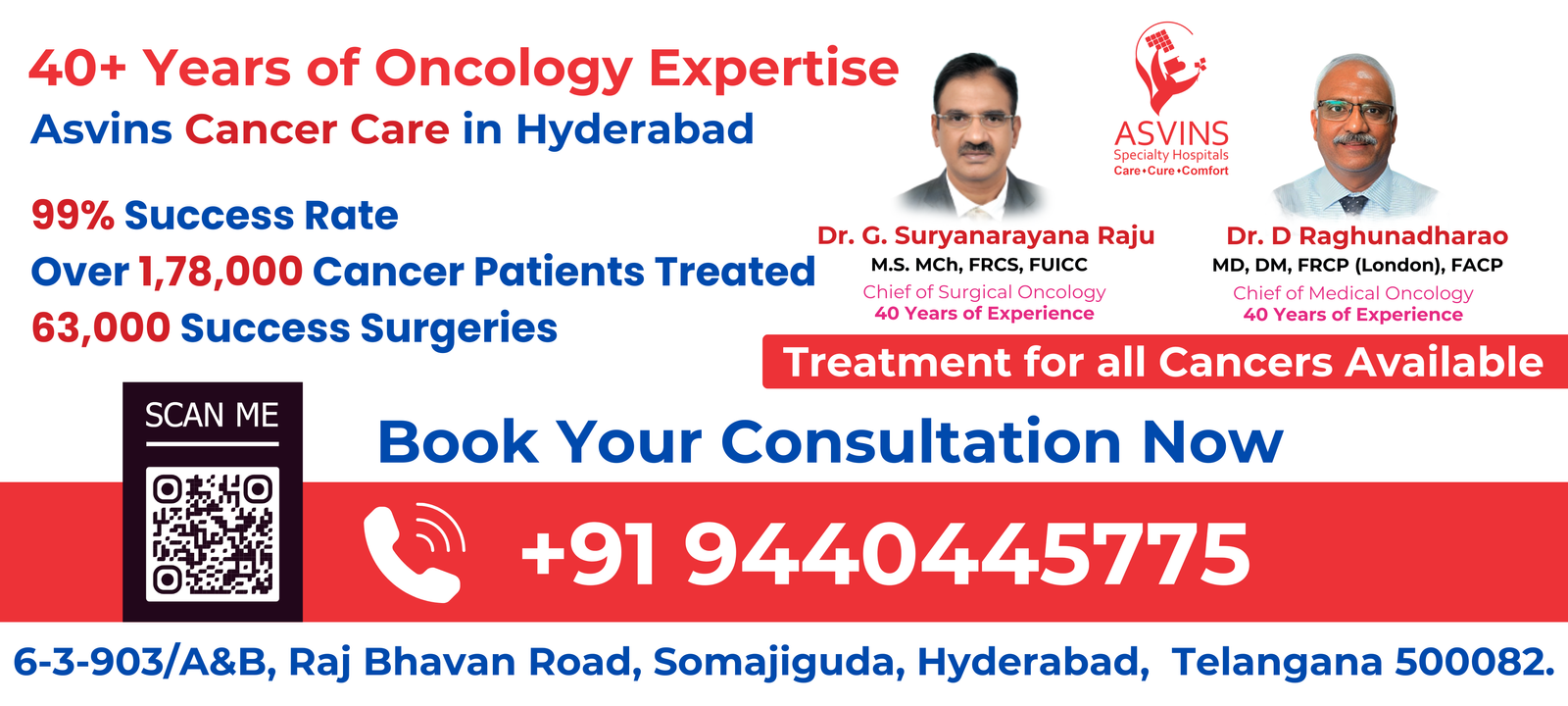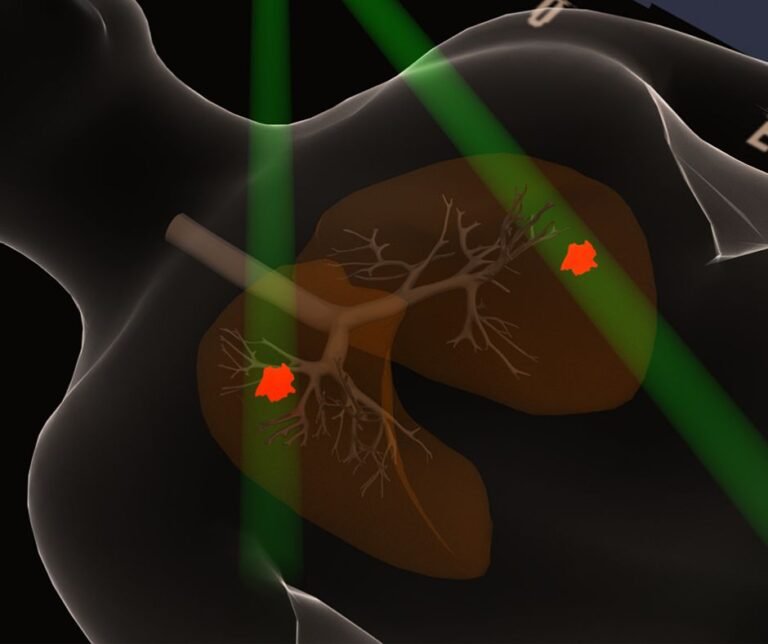
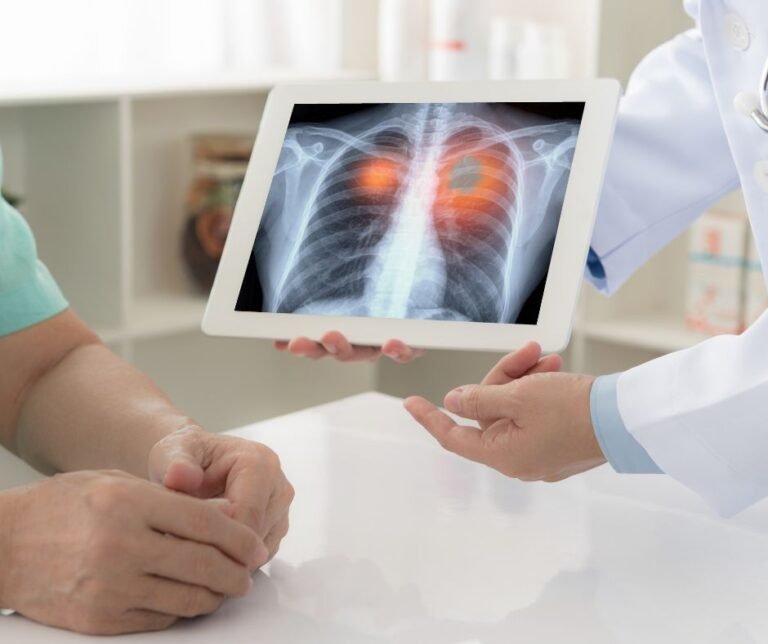
Advantages of Lung Cancer Treatment
Lung cancer treatment offers numerous advantages that contribute to improved patient outcomes and enhanced quality of life. Advances in medical technology and personalized care have revolutionized the approach to lung cancer management.
Early detection through screenings enables timely intervention, leading to better chances of successful treatment. Innovative diagnostic techniques such as PET scans and genetic testing allow for precise identification of tumor characteristics, enabling targeted therapies tailored to individual patients.
Moreover, minimally invasive surgical procedures and advancements in radiation therapy minimize damage to healthy tissues, leading to faster recovery times and reduced side effects.
Additionally, the emergence of immunotherapy has shown remarkable potential in boosting the body’s immune system to target cancer cells, leading to prolonged survival rates and improved overall well-being.
In conclusion, the advantages of lung cancer treatment lie in early detection, personalized therapies, reduced invasiveness, and a multidisciplinary approach. These factors collectively contribute to higher success rates, improved patient experiences, and a more hopeful outlook for individuals battling lung cancer.
Why choose Asvins speciality Hospital for Lung Cancer?
Asvins Specialty Hospital is a premier choice for lung cancer care due to its exceptional expertise and comprehensive approach. With a team of experienced oncologists, advanced diagnostic tools, and state-of-the-art technology, the hospital offers precise and personalized treatment plans. Its multidisciplinary approach ensures collaboration among specialists, ensuring holistic care from diagnosis to recovery. Asvins excels in minimally invasive surgical techniques, reducing discomfort and promoting quicker healing. Moreover, the hospital’s commitment to patient well-being extends to emotional support and post-treatment guidance, providing a compassionate and nurturing environment. Choosing Asvins Specialty Hospital signifies access to cutting-edge lung cancer care backed by a patient-centered philosophy.
What is Lung Cancer?
Lung cancer is a malignant disease characterized by abnormal cell growth in the lung tissues. It is primarily caused by prolonged exposure to carcinogens, such as smoking, environmental pollutants, and genetic factors. This uncontrolled growth forms tumors that can interfere with lung function, leading to symptoms like persistent cough, chest pain, and difficulty breathing. There are two main types: non-small cell lung cancer (NSCLC) and small cell lung cancer (SCLC), each with different characteristics and treatment approaches. Early detection through screenings and advanced therapies like surgery, chemotherapy, radiation, and immunotherapy play pivotal roles in managing lung cancer and improving patient outcomes.
How Lung Cancer causes?
Lung cancer develops when normal lung cells undergo genetic mutations that lead to uncontrolled growth. The primary cause is exposure to carcinogens, substances that trigger these mutations. Smoking tobacco is the leading cause, with the chemicals in tobacco smoke damaging lung cells’ DNA over time. Secondhand smoke, occupational hazards like asbestos and radon, and environmental pollutants also contribute.
These genetic changes disrupt the normal cell cycle, causing cells to divide uncontrollably and form tumors. There are two main types of lung cancer: non-small cell lung cancer (NSCLC) and small cell lung cancer (SCLC), each having distinct origins and characteristics. Genetic predisposition can also play a role, as certain individuals may be more susceptible due to inherited mutations.
Understanding the causes of lung cancer highlights the importance of prevention, such as quitting smoking, avoiding exposure to carcinogens, and maintaining a healthy lifestyle. Early detection through screenings is crucial, as it enables timely intervention and increases the chances of successful treatment and improved outcomes.
Symptoms of Lung Cancer :
Symptoms of lung cancer can vary but commonly include persistent cough, chest pain, and shortness of breath. Coughing up blood, unexplained weight loss, fatigue, and recurrent respiratory infections are also indicators. Wheezing, hoarseness, and difficulty swallowing might occur when the tumor affects nearby structures. As the disease advances, symptoms like bone pain, headache, and neurological issues may emerge due to metastasis. Early-stage lung cancer might be asymptomatic, underscoring the importance of regular check-ups, especially for individuals at high risk, such as smokers or those with prolonged exposure to pollutants. Prompt recognition of these symptoms facilitates early diagnosis and better treatment outcomes.
Risk Factors for Lung Cancer :
The risk factors for lung cancer include smoking tobacco, which is the leading cause, accounting for the majority of cases. Secondhand smoke exposure, workplace exposure to carcinogens like asbestos and radon gas, and a history of lung diseases like chronic obstructive pulmonary disease (COPD) increase the risk. Genetic factors and family history of lung cancer can also play a role. Air pollution, a personal or family history of cancer, and certain genetic mutations are additional risk factors. Understanding these factors is essential for adopting preventive measures, like smoking cessation, minimizing exposure to pollutants, and undergoing regular screenings, especially for individuals with heightened risk.
How is Lung Cancer detected?
Lung cancer is detected through various methods, including imaging techniques such as chest X-rays, computed tomography (CT) scans, and positron emission tomography (PET) scans. These help visualize abnormalities or tumors in the lungs. Biopsies, where tissue samples are taken for analysis, confirm the diagnosis and determine the cancer’s type and stage. Screening programs, like low-dose CT scans, are recommended for individuals at high risk, such as long-term smokers. Early detection is better for fast treatment and positive outcomes. Regular check-ups and discussions with healthcare professionals help monitor lung health and identify any potential issues.
What are the stages of Lung Cancer ?
Lung cancer is staged to determine its extent and guide treatment decisions. The stages are:
Stage 0 (Carcinoma in situ): Abnormal cells are found only in the innermost lining of the lung. It’s often a precursor to invasive cancer.
Stage I: Cancer is localized within the lung and hasn’t spread to nearby lymph nodes or distant sites.
Stage II: Cancer may have grown larger and possibly spread to nearby lymph nodes but hasn’t extended to distant organs.
Stage III: Cancer has spread to nearby tissues, lymph nodes, or structures within the chest. This stage is further divided into IIIA, IIIB, and IIIC based on the extent of spread.
Stage IV: Cancer has spread beyond the lung to other parts of the body, such as the brain, bones, or liver. This is considered advanced or metastatic lung cancer.
Staging involves imaging tests, biopsies, and sometimes surgical exploration. Staging helps oncologists determine the most appropriate treatment plan, as each stage requires different approaches, ranging from surgery and radiation to chemotherapy, targeted therapy, or immunotherapy.
What are the Treatments for Lung Cancer ?
The treatment for lung cancer depends on the type, stage, and overall health of the patient.
Surgery: Early-stage non-small cell lung cancer (NSCLC) can be treated with surgical removal of the tumor and nearby lymph nodes.
Radiation Therapy: This can be used alone or in combination with surgery or chemotherapy. It uses high-energy rays to target and kill cancer cells.
Chemotherapy: Drugs are used to kill the growth of cancer cells. It can be given before or after surgery or as the primary treatment for advanced cases.
Targeted Therapy: This targets specific genetic changes present in cancer cells. It’s mainly used for advanced NSCLC with specific mutations.
Immunotherapy: These drugs help the immune system identify and attack cancer cells. It’s effective in some cases of NSCLC and small cell lung cancer (SCLC).
Precision Medicine: It involves using genetic testing to identify specific mutations, helping tailor treatments to individual patients.
Palliative Care: Aimed at improving the quality of life, managing symptoms, and providing support, particularly in advanced stages.
The treatment plan is often a combination of these approaches, personalized to each patient’s needs, and may involve a multidisciplinary team of oncologists, surgeons, radiologists, and other specialists.
What is the Cost Of Lung Cancer treatment ?
The cost of lung cancer treatment can vary widely based on factors such as the stage of cancer, treatment modalities used, location, healthcare facility, and insurance coverage. Early-stage treatments like surgery and radiation may be less expensive than advanced-stage treatments involving chemotherapy, targeted therapy, or immunotherapy. Costs include medical procedures, doctor consultations, hospital stays, medications, tests, and follow-up care. Without insurance, treatment costs can be substantial. Health insurance coverage, including government programs, private insurance, and co-payment assistance, can significantly mitigate expenses. It’s important for patients to discuss treatment costs with their healthcare providers and insurance companies to understand potential financial implications.
How to prevent or get rid of Lung Cancer?
Preventing or reducing the risk of lung cancer involves several key steps:
Quit Smoking: The most effective way to prevent lung cancer is to avoid tobacco products, including smoking and secondhand smoke exposure.
Avoid Carcinogens: Minimize exposure to radon gas, asbestos, and other occupational or environmental carcinogens.
Healthy Lifestyle: Maintain a balanced diet rich in fruits and vegetables, exercise regularly, and manage stress.
Screening: If you are at high risk (e.g., long-term smokers), consider regular screenings like low-dose CT scans to detect lung cancer in its early stages.
Vaccinations: Getting vaccinated against diseases like flu and pneumonia can help keep the lungs healthy.
Awareness: Stay informed about lung health and consult a doctor if you experience persistent symptoms like cough or shortness of breath.
Early detection through screenings and adopting a healthy lifestyle are crucial for reducing the risk of lung cancer.
Why you should not delay Lung Cancer treatment
Delaying lung cancer treatment can have serious consequences. Lung cancer tends to progress rapidly, and delaying treatment allows it to advance to more advanced stages, reducing treatment success rates. Early intervention offers better chances of successful outcomes and preserves treatment options like surgery or targeted therapy. Untreated lung cancer can lead to worsening symptoms, decreased quality of life, and potential spread to other organs, making it more difficult to treat. Timely treatment can improve survival rates, reduce complications, and enhance the overall well-being of patients. It’s crucial to consult a healthcare professional promptly if any symptoms or concerns arise.
Benefits of Lung Cancer treatment
Lung cancer treatment offers several benefits. Early intervention increases the likelihood of successful outcomes by addressing the disease in its initial stages. Treatment can alleviate symptoms, such as coughing and shortness of breath, improving quality of life. Lung Cancer can also prevent the spread of cancer to other parts of the body. Various treatment modalities, like surgery, chemotherapy, targeted therapy, and immunotherapy, provide personalized approaches tailored to the patient’s needs. Advances in medical technology and research have led to more effective and targeted treatments, boosting survival rates. Multidisciplinary care ensures comprehensive support, encompassing physical, emotional, and psychological aspects. Ultimately, lung cancer treatment helps extend life, alleviate discomfort, and enhance overall well-being.
Frequently Asked Questions(FAQ’s)
- Does Insurance cover for Lung Cancer Treatment?
Typically, Most insurances cover Lung Cancer Treatment in Hyderabad. For more details,call on +91 94404 45775
- What is the recovery time after the Lung Cancer Treatment?
It usually take 30-45 days for recovery after the surgery . It is adviced not to make any engagements upto 45 days after Surgery.
- Are there any side effects of Lung Cancer treatment?
Yes, lung cancer treatments can cause side effects. Common ones include fatigue, nausea, hair loss, weakened immune system, and digestive issues due to chemotherapy. Radiation therapy leads to skin changes and fatigue. Targeted therapies and immunotherapies may cause skin reactions, flu-like symptoms, and immune-related effects.
- What is the Cost of Lung Cancer Treatment in Hyderabad?
The cost of lung cancer treatment in Hyderabad varies widely based on factors like the type of treatment, stage of cancer, and hospital. Costs may include diagnostics, surgery, chemotherapy, radiation, medications, and hospital stays. Consulting healthcare providers and hospitals can provide more accurate information on treatment expenses.
- What is the best treatment for Lung Cancer?
The best treatment for lung cancer depends on factors like the cancer type, stage, and patient’s health. Treatment options include surgery, chemotherapy, radiation, immunotherapy, and targeted therapy. Personalized approaches, often involving a combination of treatments, are recommended for optimal results. Consulting with medical professionals helps determine the most suitable treatment plan.
- Which is the best hospital for Lung Cancer Treatment?
Asvins Hospital is renowned for providing comprehensive and advanced lung cancer treatment. With experienced specialists, cutting-edge technology, and a patient-centric approach, it offers a multidisciplinary approach to diagnosis and treatment. However, it’s recommended to consult medical professionals for personalized advice based on individual circumstances.
Metastatic lung cancer, also known as stage IV lung cancer, is an advanced and formidable stage of the disease. In this article, …
Each person's journey with lung cancer is unique, and the path to diagnosis often starts with the recognition of specific signs and …
Chemotherapy is a cornerstone of lung cancer treatment, offering hope and improved outcomes for many patients. In this article, we explore the …
Accurate staging is crucial in determining the extent and severity of lung cancer, which in turn guides treatment decisions and prognosis. The …
Lung cancer affects both men and women, but it's important to recognize that symptoms can sometimes manifest differently between the genders. In …
Early detection is the linchpin in the fight against lung cancer, as it significantly improves treatment outcomes and survival rates. In this …
The International Classification of Diseases, 10th Edition (ICD-10), plays a pivotal role in healthcare by providing a standardized system for classifying diseases …
Lung cancer is a complex and potentially life-threatening disease that can affect anyone, regardless of age, gender, or lifestyle. In this article, …
Lung cancer does not discriminate by gender, but it's essential to recognize that symptoms may manifest differently in females. In this article, …
Stage 4 lung cancer, also known as metastatic lung cancer, is an advanced and often challenging phase of the disease. Recognizing the …
Lung cancer is a formidable disease that often presents subtle or nonspecific symptoms in its early stages. Recognizing these signs is crucial …
Lung cancer is a complex disease with multiple contributing factors. Understanding the reasons behind its development is vital for prevention and early …

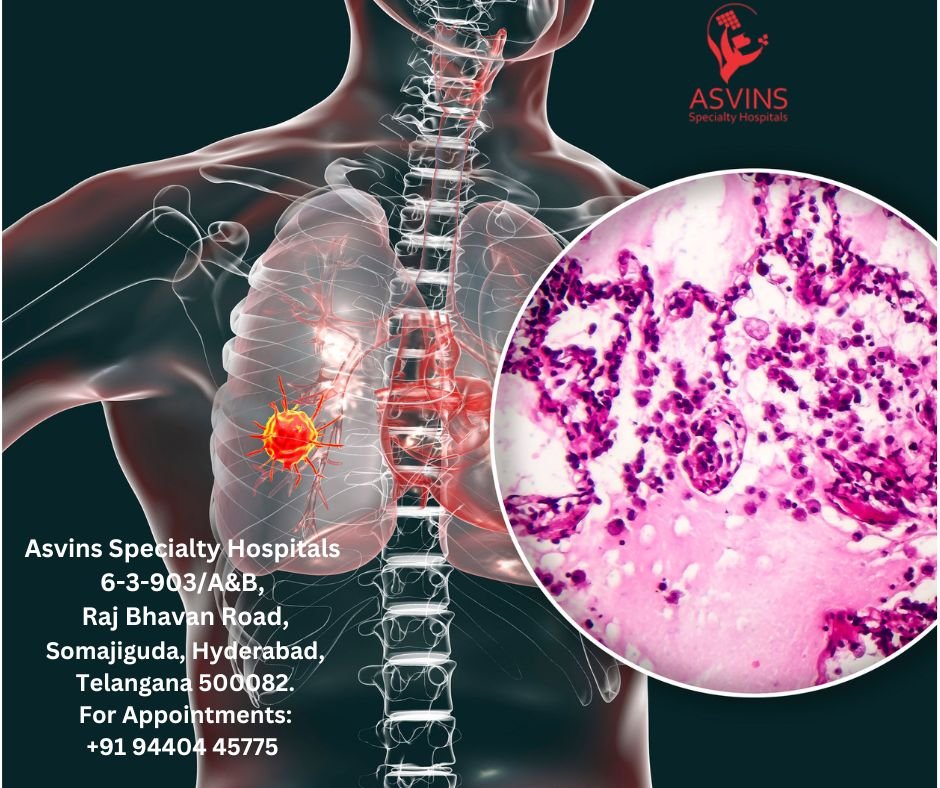
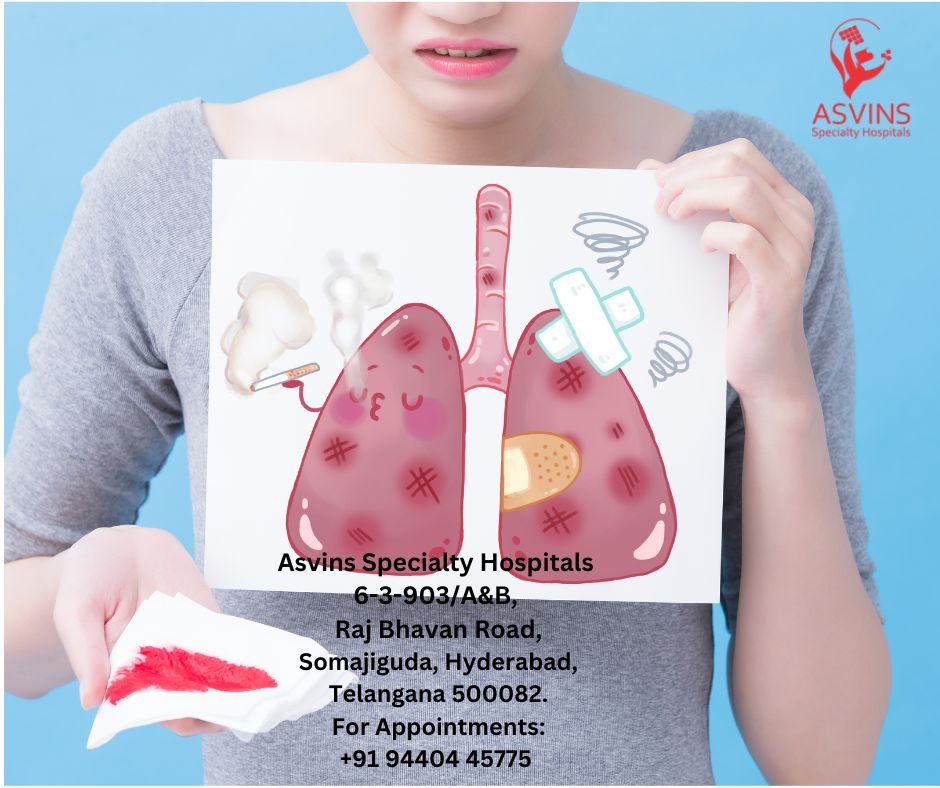
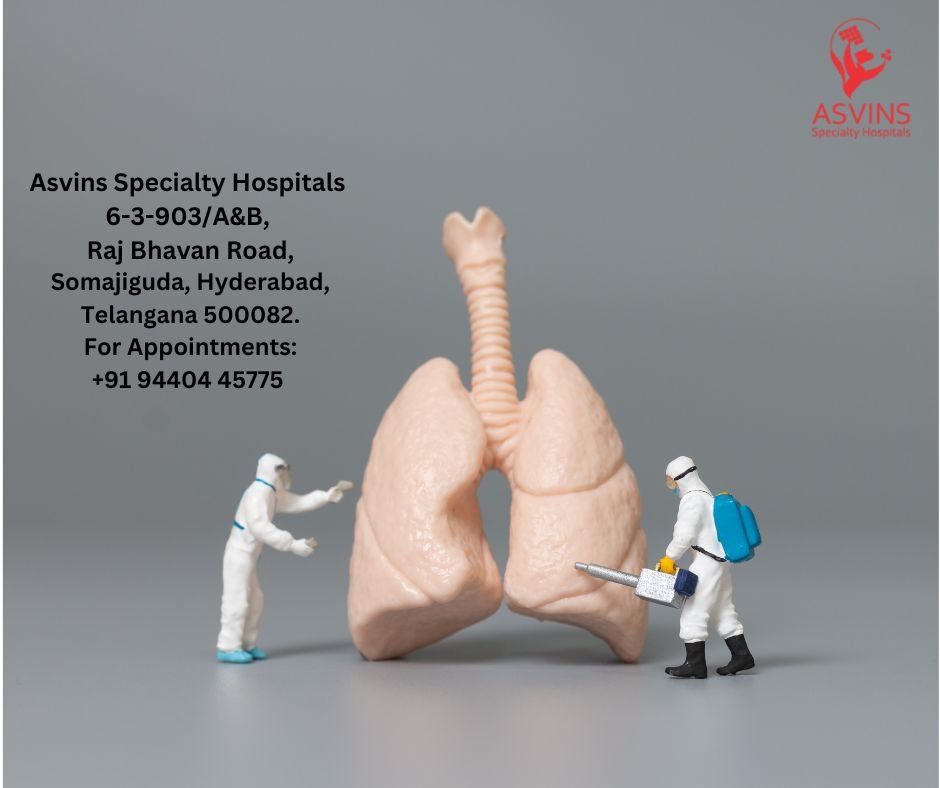
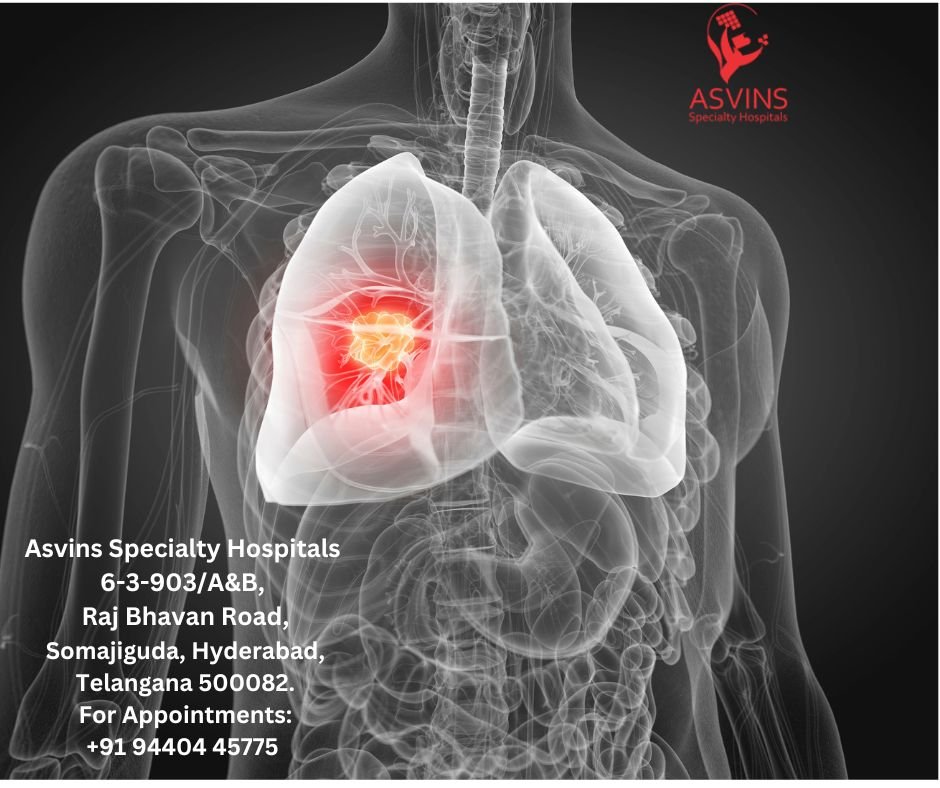

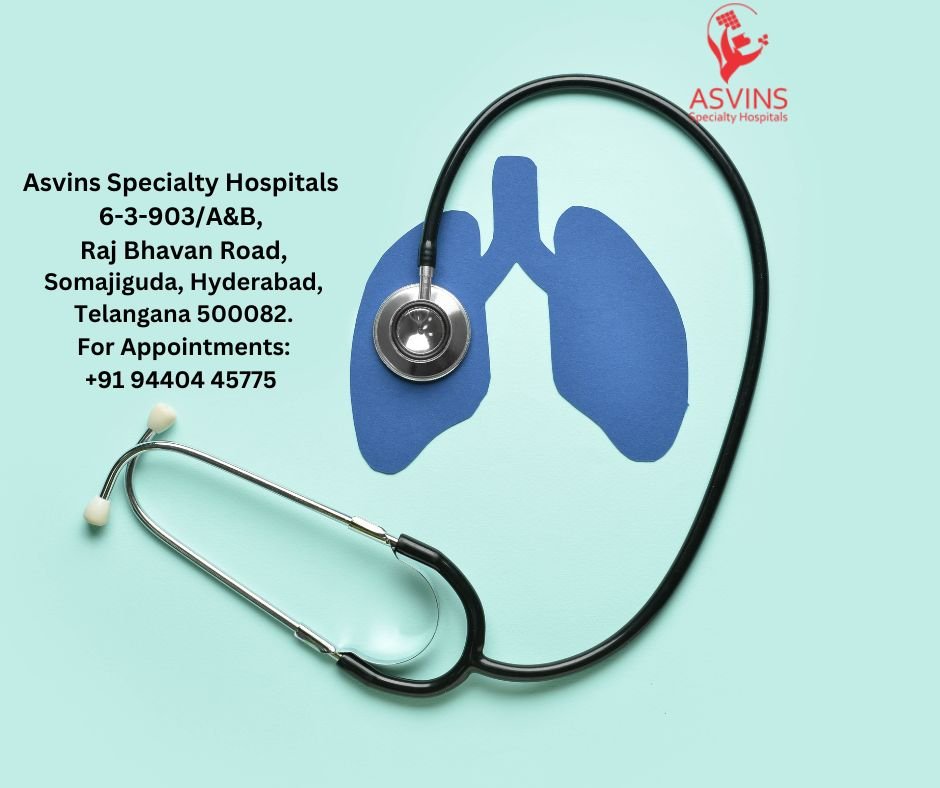
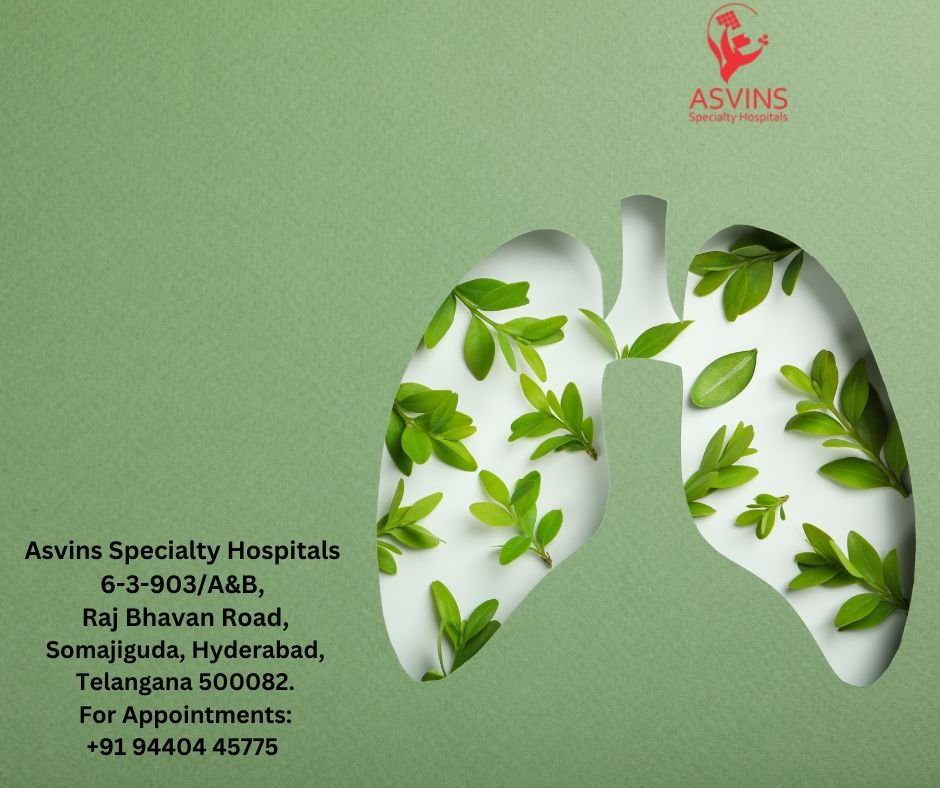

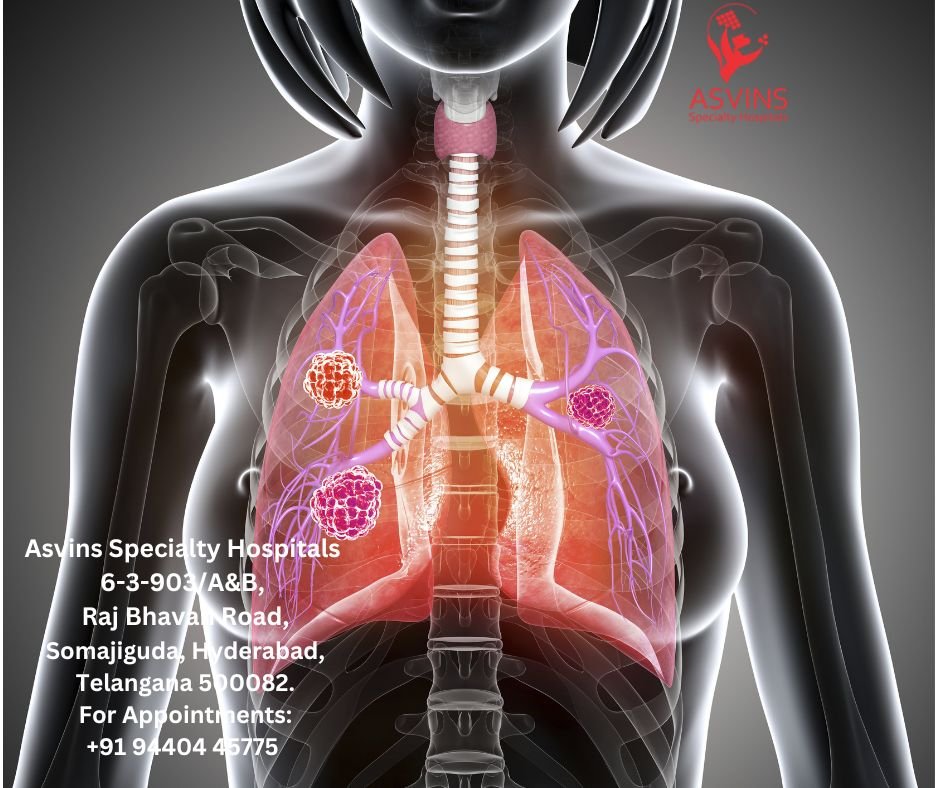
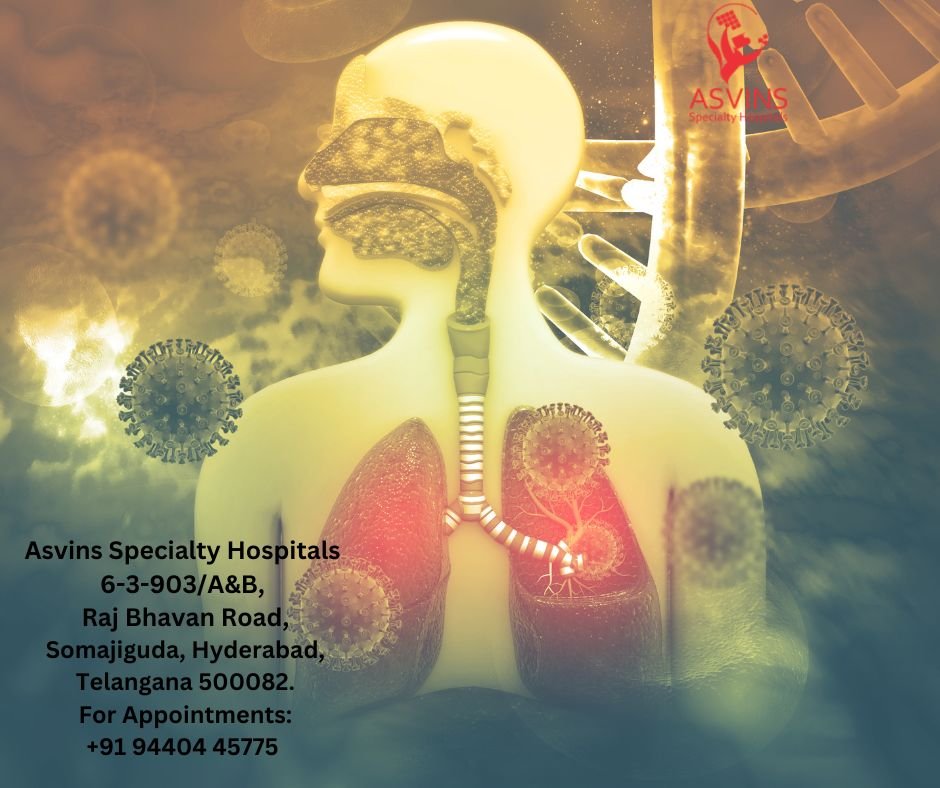
 Online | Privacy policy
Online | Privacy policy